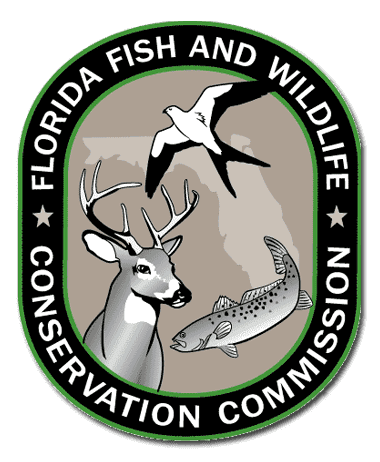Seabird Deaths Along Florida’s East Coast Appear Migration-related

Researchers with the Florida Fish and Wildlife Conservation Commission (FWC) have received reports of more than 150 dead or distressed greater shearwaters, gull-like birds, along Florida’s east coast in Brevard, Indian River, St. Johns and Volusia counties this week. After examining some of the birds, researchers believe these deaths are related to stress from the species’ long, trans-Atlantic migration.
Greater shearwaters migrate from their primary breeding grounds in Tristan da Cunha, a group of islands off the southwest coast of Africa, across the Atlantic to Canada, according to the Peterson Field Guide for Eastern Birds.
“This long migration, coupled with storms and high winds, can take its toll on some immature and older shearwaters, sapping their strength and making it difficult to feed,” said Dan Wolf, an FWC research biologist. “Upon examination of some of the dead greater shearwaters this week, we found the birds were young and emaciated, consistent with normal migration mortality.”
Migration-related deaths of greater shearwaters occur every year around this time, though the number varies. In 2007, researchers received reports of about 1,000 dead shearwaters during the migratory season.
Since Monday, citizens and wildlife rehabilitators from Vero Beach north to Ponte Vedra have reported finding these dead birds in areas along the shoreline. Because greater shearwaters live most of their lives on the open sea, the deaths are only seen alongshore when winds are blowing inshore.
The public can report dead birds to the FWC online at MyFWC.com/Bird. Anyone who encounters a dead or distressed bird is asked not to handle it. For assistance with sick or injured birds, citizens should contact a local wildlife rehabilitative facility.

